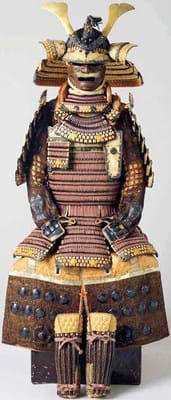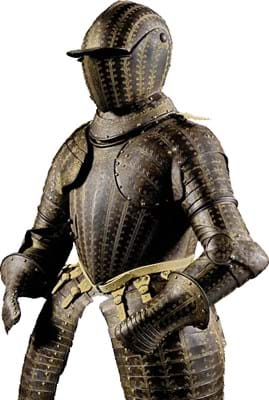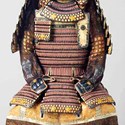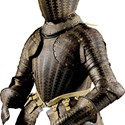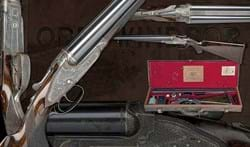Recent sales have proved that this is no longer a vain attempt with three big sellers being offered in settings well away from a specialist sale.
Last November an 18th century Chinese imperial ‘Supreme Grade, Number One’ musket took its rightful place among other works of art made for the Qianlong emperor at Sotheby’s in London, where expert in charge Robert Bradlow hailed it as “one of the most significant Chinese treasures ever to come to auction”. It duly sold for £1.65m.
In April this year two highly significant lots of Japanese armour appeared in a Christie’s New York sale titled An Inquiring Mind: American Collecting of Japanese & Korean Art.
Lotted alongside cloisonné vases, tea bowls and bronze buddhas, the artistry of the armourer was fully recognised. An iron Nanban helmet, made in the form of a European hat in the early Edo period when the first westerners were visiting Japan, reached $220,000 (£183,335), while a complete 17th-18th century purple-laced Japanese armour took $200,000 (£166,665).
Brandenburg suit
And then at Sotheby’s in London on July 5, (as discussed in News Digest, ATG No 2302), what was widely reckoned to be the best complete suit of European armour to appear at auction since the Hever Castle sale in 1984 appeared in a Treasures auction alongside silver and other works of art from the Prince of Prussia to sell for £880,000.
That result is thought to be an auction record for 17th century armour.
Placing armour among sculpture and Old Masters certainly opens it up to a much wider audience of potential buyers, but the same criteria apply as would in a more specialised auction. This was a high-quality armour, probably made in Milan c.1600 for the Elector of Brandenburg, with an ownership history from that time.
These are all vital credentials, but above all it appeared to be complete and mostly unaltered. Whereas almost every suit of armour that comes on the open market has to be catalogued as ‘composite’, with missing parts replaced at various times, this remained much as it had come from the maker.

